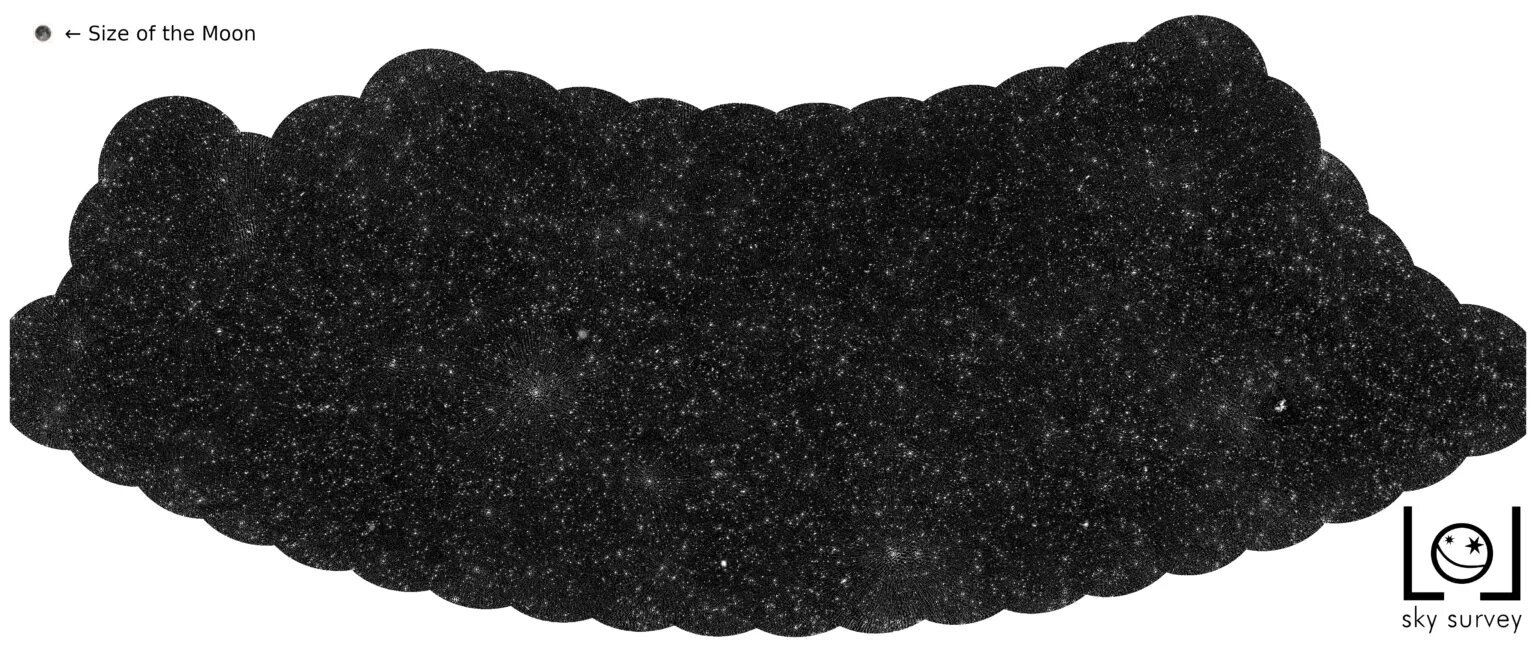Astronomers used a combination of low-frequency telescopes, supercomputers and algorithms to create a huge map with 25.000 oversized black holes.

The map shows thousands of dots that look like stars, but are actually huge black holes, each located in a different, distant galaxy.
The researchers located the celestial objects by analyzing the emissions emitted by matter that erupted when it approached the black holes.
Every white dot on the map is an oversized one black hole in her own galaxy.
These shows were detected by LOFAR (Low Frequency Array), a huge network of radio telescopes that exists at 52 stations in nine European ones countries.
LOFAR operates at the lowest frequencies that can be observed from Earth. However, its location had a large problem for the study.
LOFAR's observations were distorted by the ionosphere, a shell of free electrons that surrounds the Earth and acts like a cloudy lens above the telescope.
"It's similar to trying to see while swimming in a pool," says the co-author. of studying Reinout van Weeren of the Leiden Observatory. "When you look up, the waves in the pool water deflect light rays and distort the view."
The researchers overcame this challenge by using supercomputers and new algorithms to correct the ionosphere effect every four seconds.
This allowed them to convert radiossignalthem in pictures.
The new map currently covers 4% of the northern sky, but astronomers plan to continue their work until they map the entire area.
Eventually, they hope to reveal new ideas about the structure of the universe.





